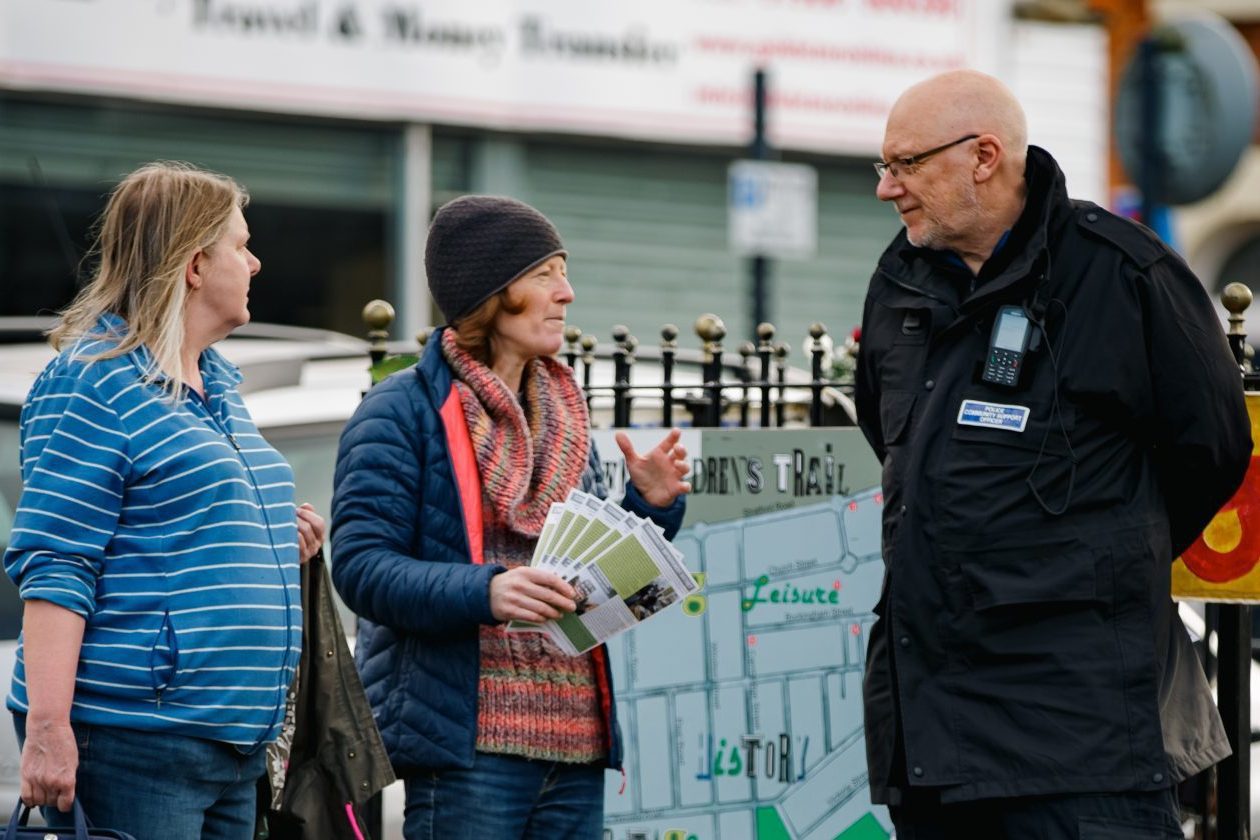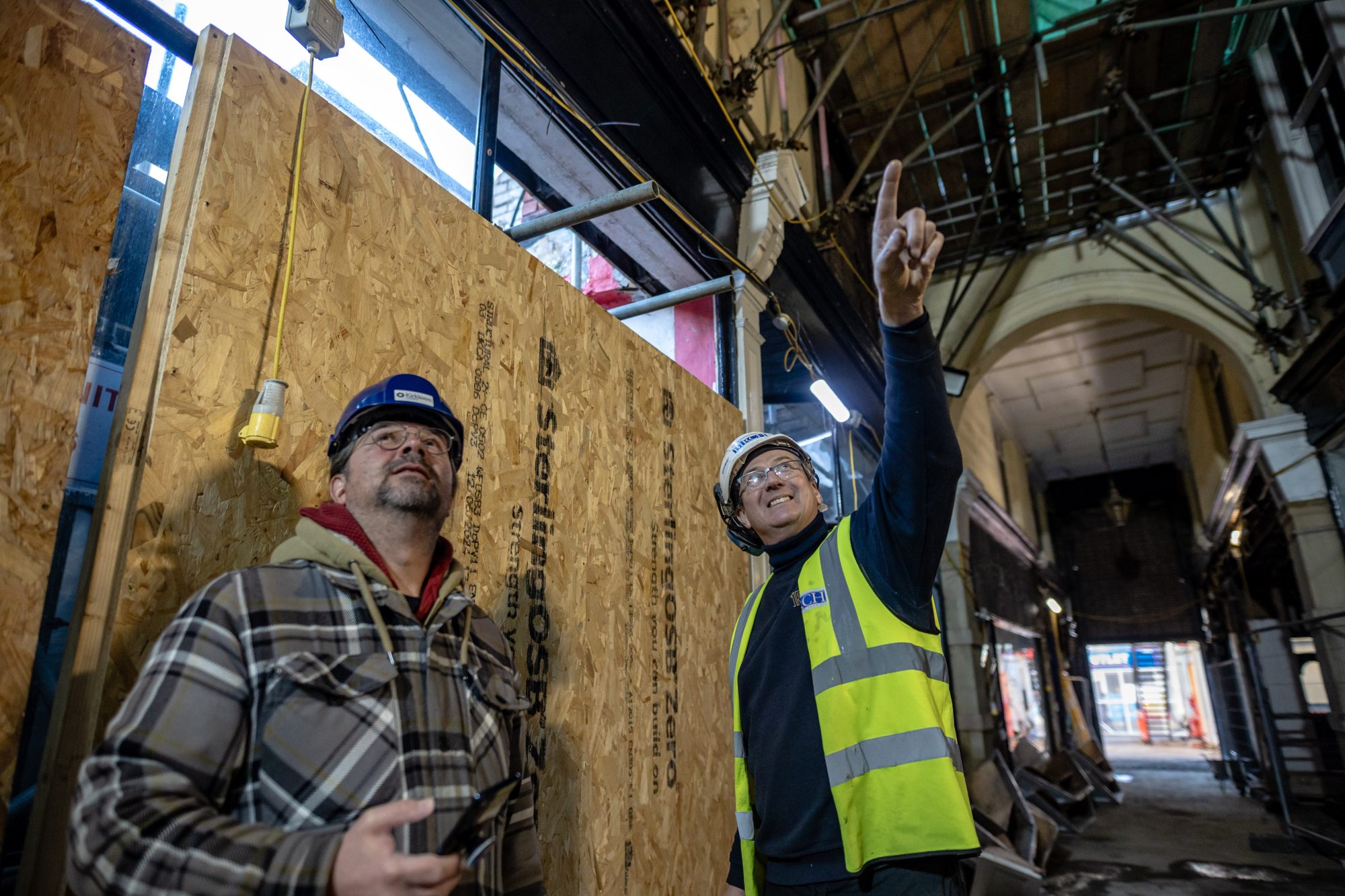
Tom Chance
Chief Executive, Community Land Trust Network
The Government has stated it intends to replace the Community Right to Bid with a first right of refusal to buy, and to extend the time window for communities to make their offer. This will help. But Power to Change’s new report argues the Government must go further.
The report echoes proposals I made a few weeks ago, to broaden this right from a ‘right to try and buy a pub’ into a ‘right to develop a sustainable community’. I have discussed our concerns and ideas with civil servants drafting the bill, who are taking their time to get it right.
Like the Community Land Trust Network, Power to Change thinks Assets of Community Value should be defined in terms of their environmental and economic benefits to a community, as well as their social value. This would align them with wider local government duties for sustainable development, such as in the planning system, and with the legal duties of community land trusts (CLTs).
We also agree that communities should be able to list assets for their potential future use, and not just their existing use. Many communities lack the assets they need and could register an interest in land or a defunct building to create them.
These two changes would have enabled some of the CLTs I wrote about previously to list assets and gain a pre-emptive right to buy them at the right price. But what is the right price? It’s not straightforward, and the devil will be in the detail.
Why valuation of assets can be tricky
In a very simple case, a community will try to buy a pub. If it’s a profitable business, they can raise money – for example through community shares and a bank loan – and pay the market value for the business, repaying investors from the profits. The community right does its job by giving them first right of refusal.
But when community organisations try to purchase assets that can serve multiple uses, the valuation of the building or land can lead to huge discrepancies and uncertainty. Hastings Commons saw this when purchasing a vacant office block in the Observer Building to convert it into a mix of commercial, retail and residential uses.
A chartered surveyor might value such a space on the basis of its existing use as commercial space and take account of the low demand for this use in the area. This would help the community organisation, as it would imply a relatively low value. But the surveyor could take account of the demand from developers for office space for conversion into mixed use with residential, and to very low standards under Permitted Development Rights, which would imply a much higher value. This would make it harder for the community to raise the money, and require more grant to then make decent, affordable spaces financially viable.
Or what about Mayday Saxonvale and Frome Area CLT’s bid for the council-owned land that they are still hoping to buy? The council initially awarded it to a higher bidder, arguing it had a legal duty to obtain ‘best consideration’. The value of the land is shaped by what planning policy requires – the more affordable homes and other public benefits, the lower the value of the land.
The council could have put a clearer policy framework around the site to shape its value in a way that would have been more to the advantage of a community bid, but it didn’t. It could have gone further in the other direction – landowners might ‘hope’ that they could sell for higher receipt to a developer that will chance its arm getting leeway on those policy requirements. This is quite easy to do, given that our planning system is so infinitely negotiable. So how should ‘hope value’ then be accounted for when so many planning permissions (and thus market valuations) are for schemes that are less than optimally policy compliant?
It gets more complicated, because surveyors actually have at least six different ways to value the asset! They’re all set out in the RICS Red Book. ‘Market value’ is just one. There is also the concept of ‘equitable value’, which is described in the Red Book as ‘a broader concept than market value’. Additional factors can be considered. For example, an asset owner could account for social and environmental objectives in agreeing a lower sale price to a community body, thus meeting the requirement for a sale “between identified knowledgeable and willing parties that reflects the respective interests of those parties”. A more public-spirited asset owner could still satisfy its legal duties while still accepting an ‘equitable value’ bid that was not ‘market value’.
How to make valuations work for communities
There’s a question of how ‘market value’ accounts for all the policy constraints in the Local Plan (including affordable housing requirements among others). Planning policy to achieve the objectives of sustainable development is the most powerful tool for conditioning the price at which any land should bought and sold. But, some people are arguing that the RICS and MHCLG guidance from 2019 is not having the effect that it should.
The danger is that the English Devolution Bill describes valuations in the very limited terms of ‘market value’, and in such a way that makes the Community Right to Buy fairly useless in many instances. It needs to get this detail right, to be fair to existing owners and to communities using the right.
In Scotland, assets to be bought at ‘market value’, and valuations can account for ‘the known existence of any person who would be willing to buy the land at a price higher than others might be expected to pay’. It’s one of the few flaws in their system.
In practice this hasn’t mattered too much, not least because the Scottish Land Fund offers grants of up to £1m, and up 95% of total project costs. So many communities have been able to pay top dollar to buy assets. But there have been a few failures due to high or flawed valuations, and it limits the usefulness of the rights for assets valued at much more than £1m. The generosity, and the narrow basis for valuation, also risks public money rewarding asset owners with inflated prices.
In England, communities have the Community Ownership Fund which has more narrow eligibility criteria and would fund up to 80% of project costs, though up to £2m. We need this fund to be extended, and its criteria reformed to – for example – consider future uses as well as existing uses, and to drop the exclusion of affordable housing.
The importance for planning reforms
We also need the Government’s planning reforms to complement and dovetail with these community rights. The Localism Act failed to do this, creating a number of impotent bolt-ons like the right to bid and the pointless community right to build orders. For example, we have called for communities to be able to propose Community Priority Projects in Local Plans, leading to the allocation of sites with requirements to further the sustainable development of the community, thus conditioning their value. Such projects, once designated in a Plan, should attract the pre-emptive right for the community to take that site forward, solo or in partnership with a developer.
We also want the Community-Led Exception Site policy, which we got into the National Planning Policy Framework in December, reformed to apply to urban as well as rural areas. This would give communities a clearer path to planning consents for sites and buildings not allocated in the Local Plan; the latter point meaning their valuation should be lower, and the policy giving communities a good basis to negotiate a fair price for the asset.
If it can get these details right, the Government will give communities a powerful set of tools to buy, steward and develop the assets they need to thrive. If it gets them wrong, it will be another tick-box exercise leaving us with toothless rights like those enshrined in the Localism Act 2011.



